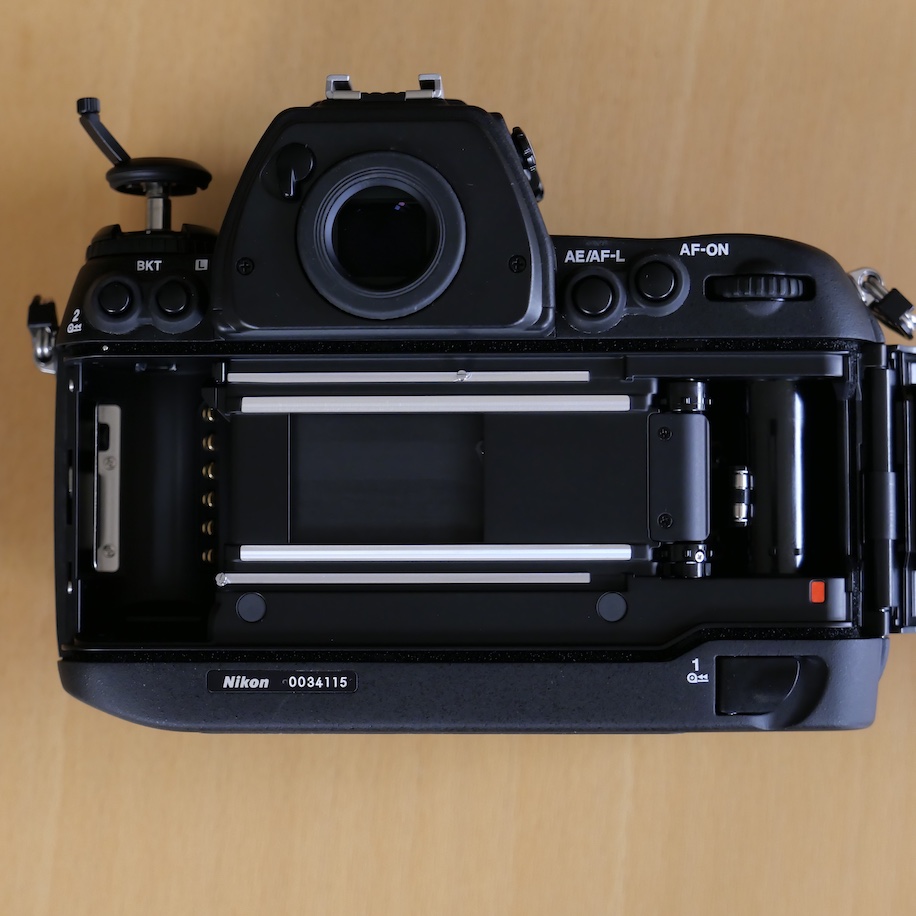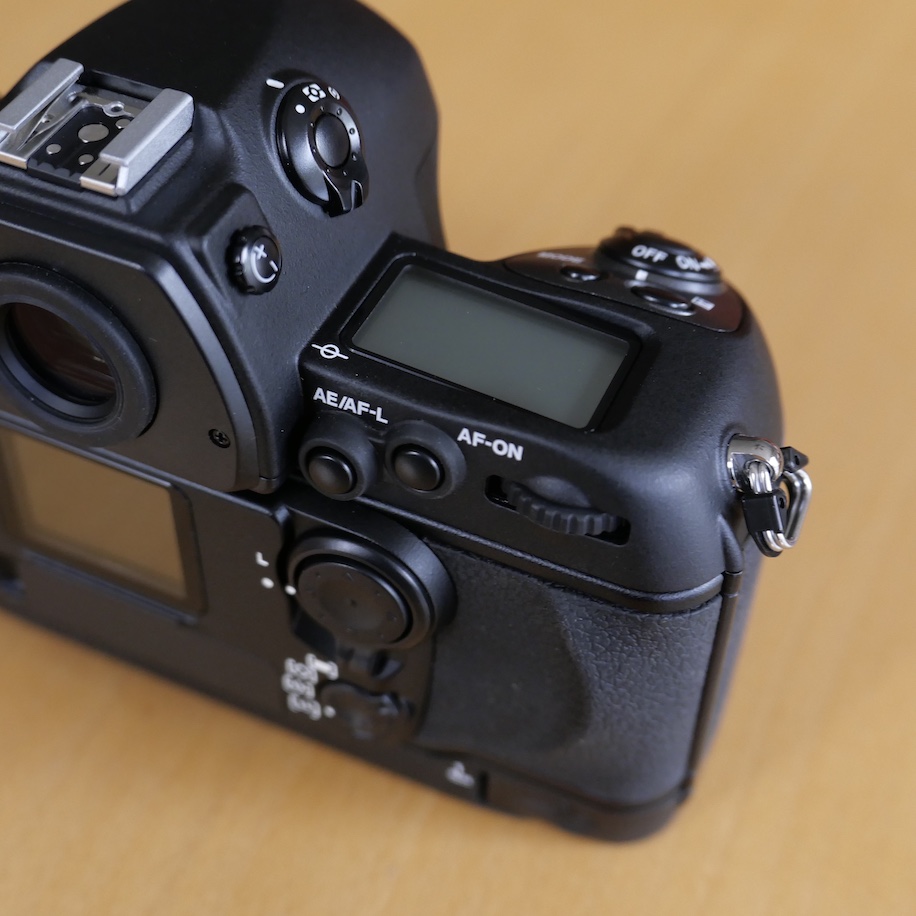

I think that’s partially down to the limited ability of film to resolve small focusing errors, and partially down to good calibration out of the factory. Didn’t seem to need it with any of my lenses, though.

It’s also possible to review exposure information (EXIF settings, if you will) for previous rolls on top of that, the F6 can also be set to print exposure information in-between frames – it’s a very, very neat feature, and I use it all the time – even though the actual exposure info is pretty irrelevant.ĬAM 2000 works as expected – which is to say very well – but it lacks any sort of AF fine tune. You can even program the camera to leave the film leader out. Pretty much all of the custom functions present on the modern cameras are also in the F6 – except the ones relating to digital-only features, of course. The controls and autofocus work in the same way in fact, you’ll probably feel so at home that you’ll have to curb your automatic instinct to check the rear LCD after each shot yes there’s an LCD on the back, but no, it doesn’t show images – it’s there for you to navigate the custom function menu, in dot-matrix monochrome glory.
PRINTED INSTRUCTION MANUAL NIKON F6 PRO
Anybody who’s shot a digital Nikon pro body – say D200 and up – will instantly feel at home. It’s solid, hefty, chunky, and bestows a healthy degree of confidence on the user. In fact, it’s perhaps one of the heaviest non-vertical-grip bodies I’ve ever used.
PRINTED INSTRUCTION MANUAL NIKON F6 PROFESSIONAL
But I am glad that Nikon still makes them all the same they’re pretty much the remaining bastion of professional 35mm photography – other than the few MPs Leica makes every year.ĭespite being made of magnesium alloy, the camera is not at all light. The fact that the F6 is still available new at all is remarkable I’m not sure who’s buying them, to be honest. This of course means that they’re a bit of a bargain I don’t expect prices to stay at this level once Nikon ceases production. They don’t seem to be doing quite so well second hand: expect to pay a bit over half for one that’s in mint condition. This perhaps explains why new prices – in Japan at least – are similar to a D800E in the rest of the world you’re looking at somewhere between D600 and D800 money.

Needless to say, Nikon went the whole nine yards with the camera I personally feel it’s the last of even the pro cameras where Nikon didn’t cut corners in the name of lowering costs. The body is magnesium alloy and weather sealed. (That’s not much in the digital world, but it’s a hell of a lot of film – 4,166 or thereabouts, to be precise.) Smooth precision is perhaps the best way to describe it. The mirror action itself feels a little ‘loose’, but that’s the counterweight moving out to balance the vibration film advance is almost completely silent, and the pitch of the whole sound is just pretty low in general – it’s a very pleasant, unobtrusive noise.

It has a special low-vibration mirror balancing mechanism and carbon-kevlar shutter blades, rated to 150,000 shots. It has as many megapixels as your film and scanner combination can produce. Headline spec for the F6: 5.5fps without the grip, 8fps with CAM2000 11-point (9 cross) AF sensor module, shared with the D2-series cameras RGB matrix meter and 100%, 0.74x magnification finder. The F6 uses a pair of CR123A lithiums it lasts a bit longer, but two of those things still costs quite a bit more than a whole set of AAs for the F5. One can only suppose the F5 required a built in because of its insatiable hunger for AA batteries. (Too bad, because the super-high eyepoint sports finder for that camera was a thing of beauty easily the largest and brightest finder I’ve ever seen on a 35mm SLR.) It also revered to the F4 and previous designs that made the vertical grip a detachable unit, as opposed to the built-in on the F5. The camera differs from its predecessors in many ways – firstly, it’s the only single-digit (pro) F body to lack interchangeable prisms apparently this feature was so seldom used on the F5 that it was dropped. In 2004, however, Nikon gave the world one last hurrah in its long lineup of film cameras – the F6. Many thought this camera would never see the light of day, or it would do so as some strange film-digital hybrid with interchangeable backs.


 0 kommentar(er)
0 kommentar(er)
